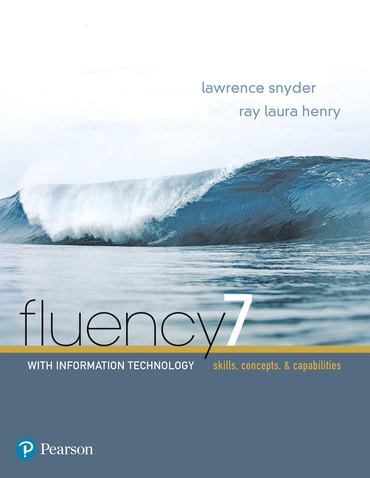Switch content of the page by the Role togglethe content would be changed according to the role

Fluency With Information Technology, 7th edition
Published by Pearson (July 14, 2021) © 2018
- Lawrence Snyder University of Washington
- Ray Henry
12-month access eTextbook
C$54.99
ISBN-13: 9780137502462
Fluency with Information Technology
Published 2021
Need help? Get in touch